The F-Word. Fidelity & Why it May Be a Fallacy for EL InstructionBuzzwords in education are like mosquitos. They are here for a while and during that time they become very annoying. Lately, many educators are hearing one certain F word frequently in regard to programs and curriculum.
FIDELITY Multilingual learners (MLs) are amongst the fastest growing population in the United States. MLs come from diverse linguistic and cultural backgrounds. The assets they bring to classrooms are sometimes underrecognized leaving these students struggling linguistically and academically. Many teachers of MLs want to provide instruction that meets their needs but find themselves not knowing how to help and feeling overwhelmed.
This is where Universal Design for Learning (UDL) enters and has been known to support and benefit MLs. What is UDL? Multilingual learners count on us to provide high-quality, comprehensible, and culturally responsive instruction in each lesson in every classroom.
Here are 22 practical and efficient ways (in no particular order) we can support emergent bilinguals as they climb to become our future global leaders. *The terms multilingual, emergent bilingual, and English learner are used interchangeably in this article and also include the acronyms MLs, EBs, and ELs. On May 11, I had the honor to sit in a virtual room with THE Regie Routman about teaching readers NOT teaching reading. Yes, we carefully thought that out because we both believe the center of instruction should be around children always. I'm delighted to share this conversation with you.
Teaching multilingual children is a gift. It’s truly a joy. In my own classroom, I learned so much from my students, especially those that spoke more than one language.
Over the years, one thing I learned from experience as well as through professional learning is that each student deserves to be seen and served individually. No one size fits all approach works. While differentiation may seem daunting, it’s actually not that scary. Dr. Stephen Fleenor describes differentiation as “not creating individualized lessons...it is creating environments in which students at all different levels, all different proficiencies...can each thrive and each grow one level up in that lesson”. Dr. Fleenor offers two wise suggestions for creating of environments that offer differentiation: This article was originally shared on the Seidlitz Blog on April 29, 2020.
Imagine you are a second grade student born in America, and you only speak English. You’ve attended English schools until now. But your father’s job has relocated your family to France, and now you are in a classroom filled with students and a teacher who only speak French (a language you have never spoken). The science teacher hands you a book and signals for you to read it. You open the book and find that it is filled with pictures…no words. First a group of horses. A mare feeding a foal. A colt running wild. Then a group of pigs, chickens, cows, etc. Instantly, you begin to think about the information you know about animals. What they are called, where they live, what they eat, etc. Though you aren’t able to communicate this information in French yet, you are able to follow along with the class and think in English using the schema and background knowledge you have about animals. Why Use Wordless Picture Books? What is the Hidden Curriculum in Your Classroom?
The written curriculum can actually be quite easy to identify. It’s stated in the lesson plans. It’s part of our instruction. But what's hiding in the curriculum? What about the messages we send that are not written out explicitly and not spoken directly. The hidden or unwritten curriculum instead is found when we read between the lines. These are the messages we send to students. And often they speak more loudly than the written curriculum. What is the hidden curriculum in your classroom? 18 ways to Support English Learners in your classroom in 2018 (or EVER!)2018 is going to be a year where your English Learners thrive! Your ELs need some extra scaffolds and supports to level the playing field. They are learning a new language while navigating content at the same time.
Here are 18 ways that you can help support them with their journey. Not every EL will need all of these scaffolds. Some will need more than others. And once they no longer need the scaffold, remember to release it and let them soar!
A huge part of balanced literacy and a workshop setting is conferring with students. Conferring allows for maximum differentiation to meet specific instructional needs for students. But when we serve students who are also learning English, there is a need to accommodate the way we confer. After years of conferring with ELLs and tons of reading in the field, here are my tips for conferring with ELLs.
Let's back up a little and break it down. What is culture? Culture has many meanings and it depends on who you ask or which source you use. If you review most definitions, they all have somethings in common. Zion and Kozleski describe culture as the "shared beliefs, views, values, customs, behaviors and artifacts that the members of society use to interact with their world and with one another (as cited in Fenner & Snyder, 2017).
From this definition, I know we can gather that everyone has a culture. We all have beliefs and views. We all carry values and customs. We all have certain behaviors and artifacts related to our own society that we use to interact with the world and with others. This leads me to the conclusion that being culturally responsive is not only going to benefit my English Learners, it will benefit every child in my classroom. For a couple of days now, I've been stewing. I'm unsettled. There are these questions just flooding my thoughts. So many programs out there that we buy into and try to implement. I'm not saying that all programs are bad. There are some that I love. My question becomes which comes first...the children or the program?
So let's say I have this awesome program. The district has researched it and put a great deal of money into training teachers to implement it. But when I look closely at the program, I notice that it comes from a place that is nothing like my state, my city, my district, my students. Should I be concerned? What should I do? |
Categories
All
|


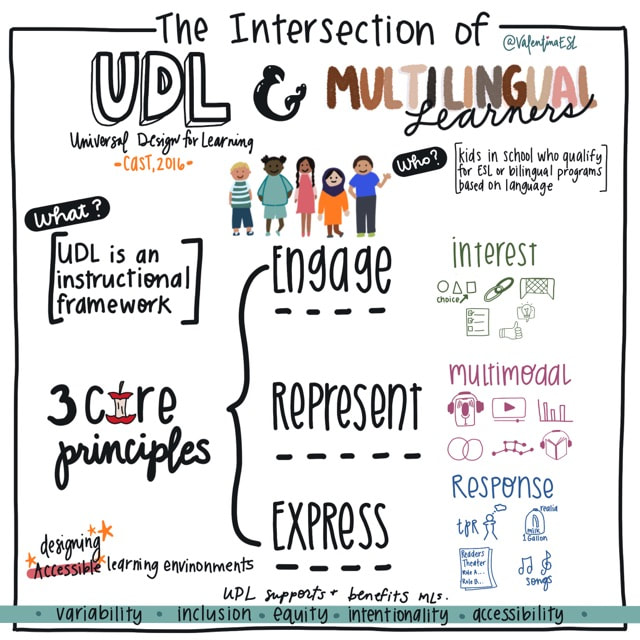
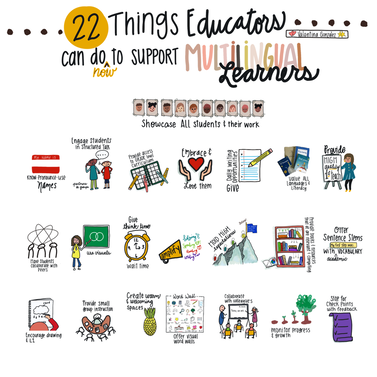
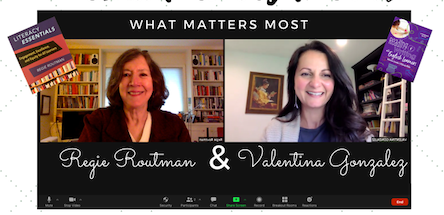

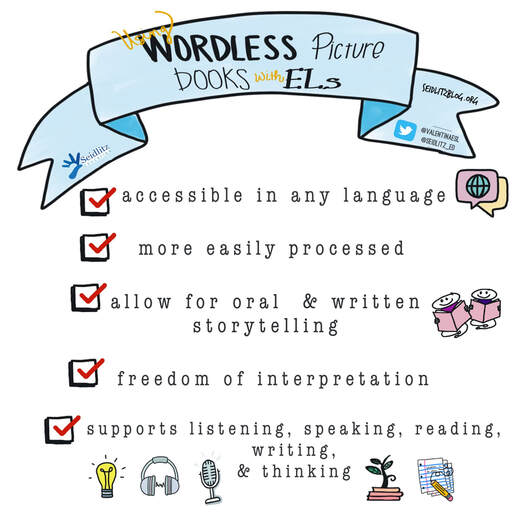

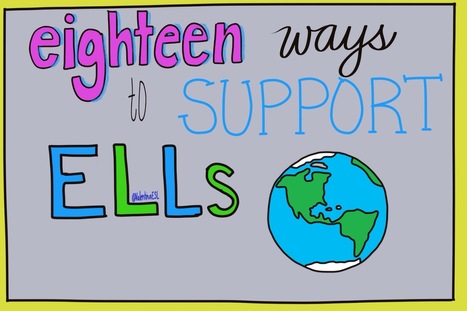


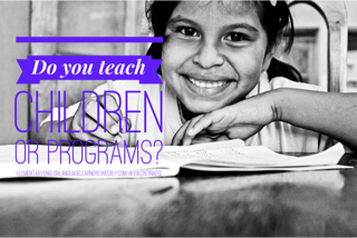

 RSS Feed
RSS Feed
